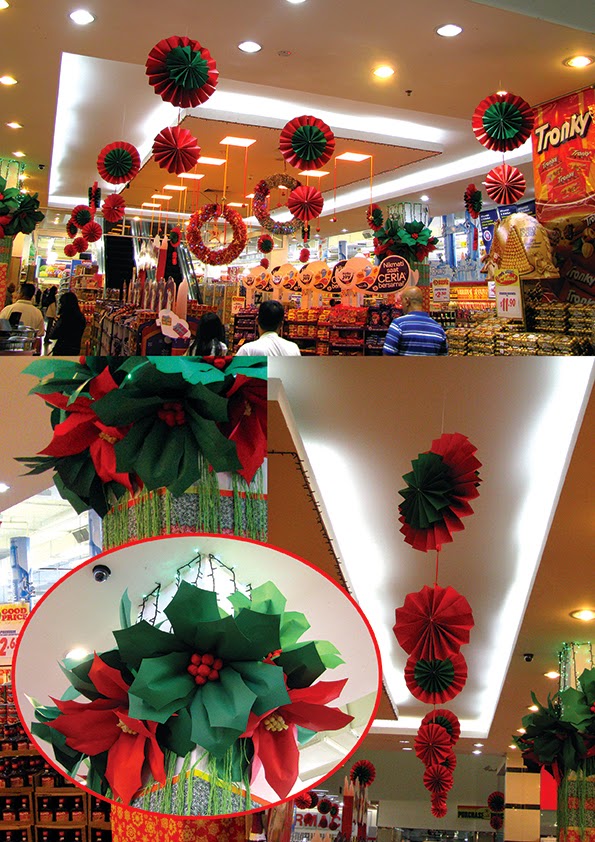Milo Block Display Contest ( Champion Category A )
Milo Block Display Contest (CHAMPION)
Nestle is the company which produces the product called Milo after years of establishing itself among the competitive niche of confectioning and general consumption goods for the public.
The initial goal for the business was to find an alternative for breast milk in poor areas of the world where breast milk wasn’t available, which would allow babies to stay alive without the crucial breast milk that was always required beforehand.
MILO products followed a similar route in that they were originally designed during the 1930s to help children who were suffering the effects of the depression, allowing them to grow naturally with the nutrients they required for a healthy childhood, replacing certain parts of their poor daily diet to promote healthy growth.
Thomas Mayne, a Nestle engineer, created a drink which not only had a great taste but also had health benefits that allowed the drinker to gain the required nutrients for healthy growth.
Created from local milk and Swiss cocoa, MILO was born. Named after the famous Greek god Milo, who was known for his strength, the product quickly became popular after a small portion of consumers discovered the benefits of it.
MILO was fully launched in 1934 at the Sydney Royal Easter show which allowed Thomas to display the product to the public and reveal the uses of it in full light.
The first local production plant for the product was also announced during the event where MILO would be produced which is still currently being used today, alongside other factories due to the popularity of the product.
Block displays are typically used to display a large array of products from a single company, allowing the customer to view the different options they have available to them without having to look in a variety of places.
By using certain marketing strategies, the block displays are tactically laid out to display the most valuable and highest priced product at the top while the lower priced products are displayed lower down. The typically produces the response of the customer buying the higher priced product, generating higher revenues for Nestle.
Attracting customers with block displays is generally easy with correct placements in supermarkets.
If you’ve ever been to larger supermarkets such as Wal-mart you would have seen Point of Sale (POS) displays at the entrance of the store, offering deals to customers walking through the door so that they’re immediately tempted to purchase the product before getting on with the rest of the shopping.
MILO displays are generally green in colour which stands out among other products due to the striking nature of the colour, allowing Nestle to generate higher sales of the product and promote it to a wide variety of people from economical and educational backgrounds, meaning that it’s swiftly becoming increasingly popular.






Hi, saya nak buat 3d block display. boleh contact saya di mi.afitah@gmail.com. terima kasih
ReplyDelete